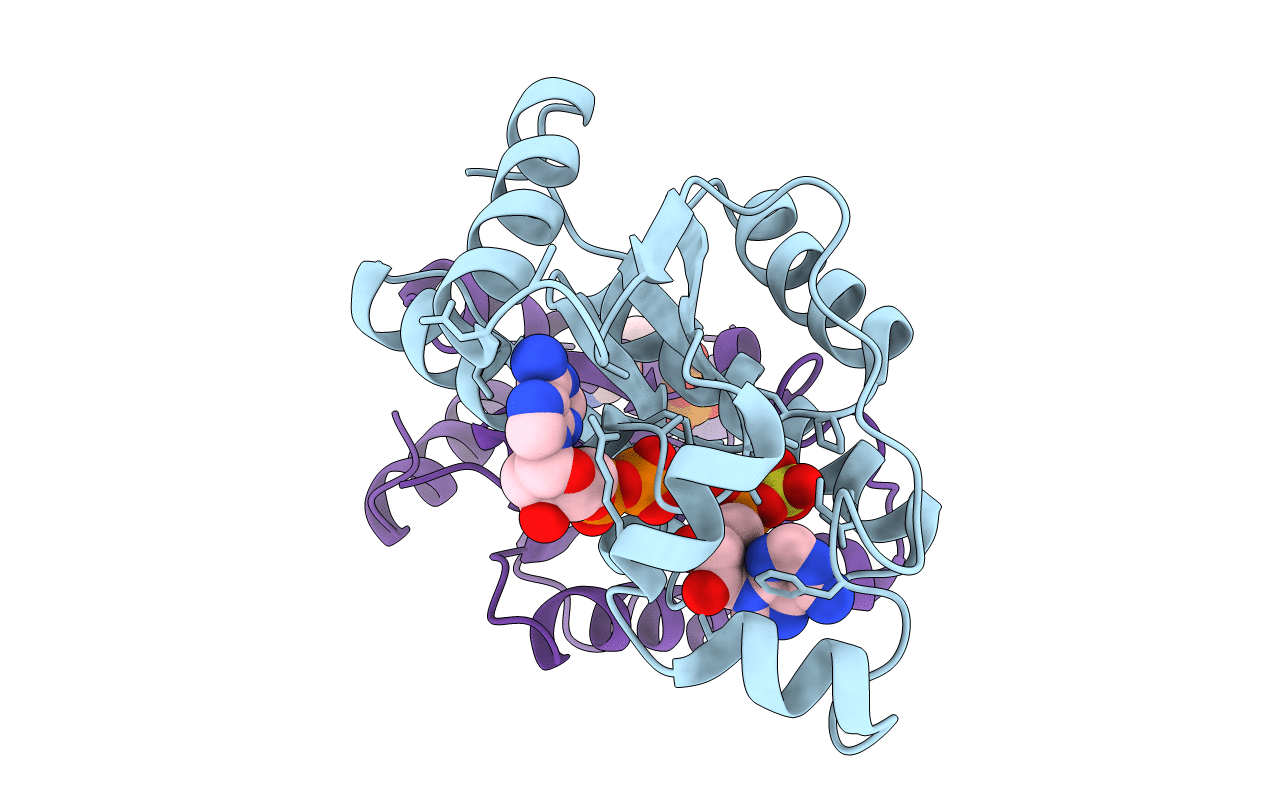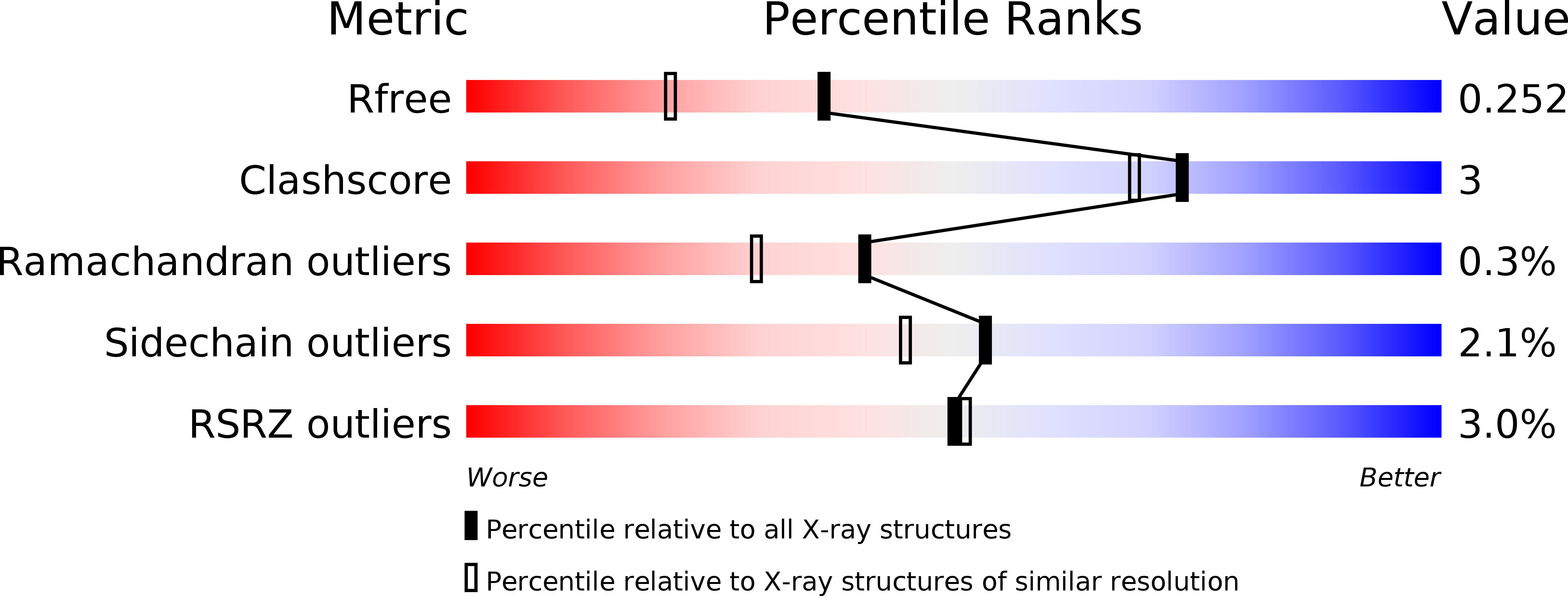
Deposition Date
2007-04-03
Release Date
2007-05-29
Last Version Date
2023-08-30
Entry Detail
PDB ID:
2PEY
Keywords:
Title:
Crystal structure of deletion mutant of APS-kinase domain of human PAPS-synthetase 1
Biological Source:
Source Organism:
Homo sapiens (Taxon ID: 9606)
Host Organism:
Method Details:
Experimental Method:
Resolution:
1.88 Å
R-Value Free:
0.25
R-Value Work:
0.19
R-Value Observed:
0.20
Space Group:
P 21 21 21


